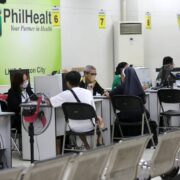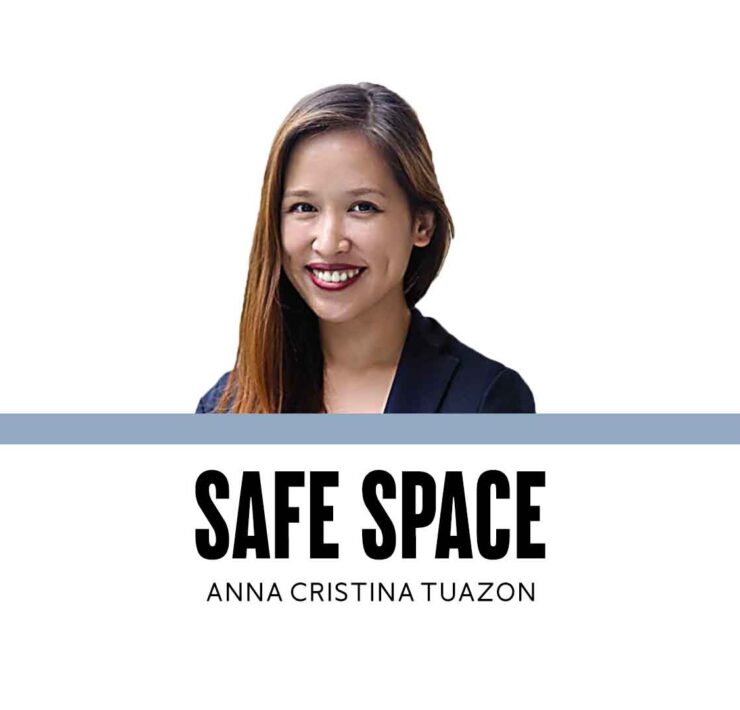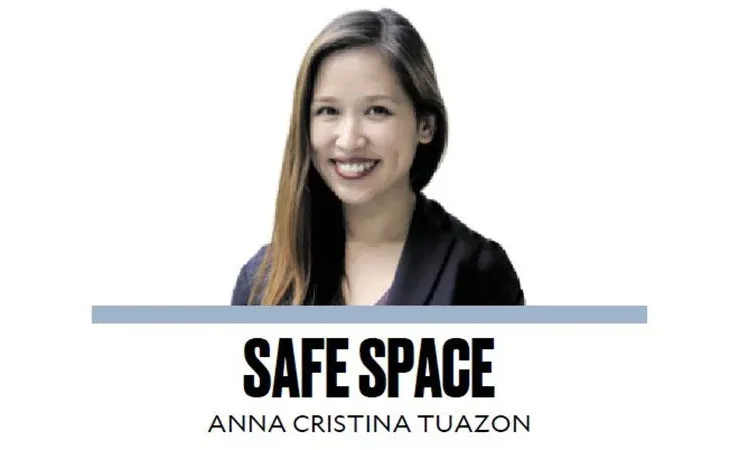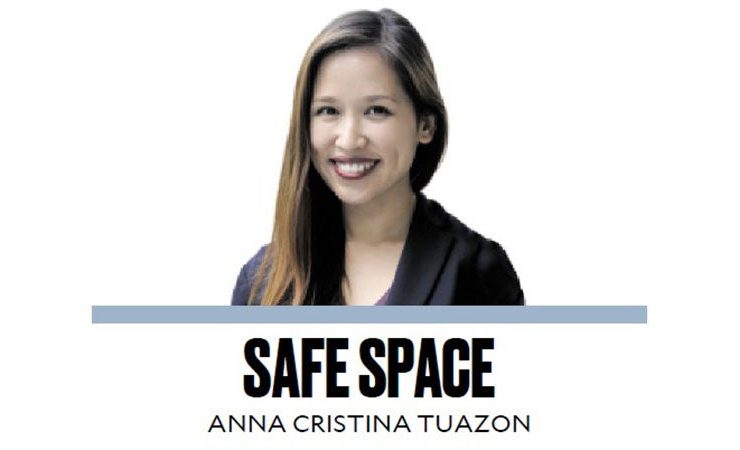The uncertainty of NCAP
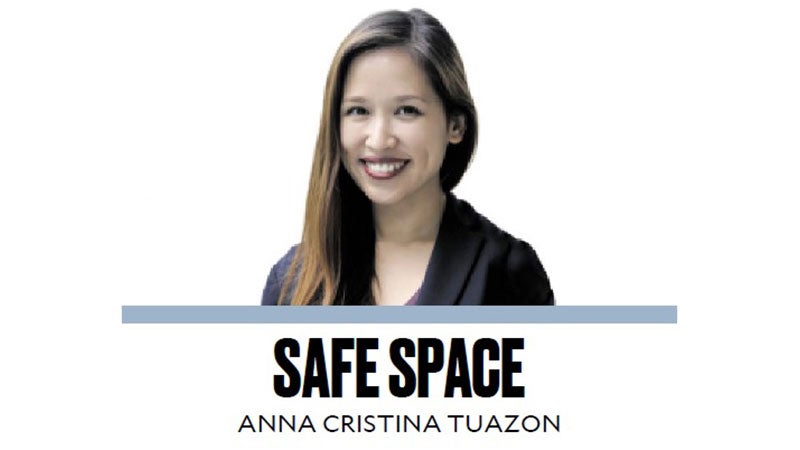
Last Monday night, I found myself on my knees at the domestic airport, tired and pleading to the gods to give us a ride home. I had been attempting to book a Grab car at least 10 times. No takers. I had to lay my sleeping toddler on an available seat at baggage claim as I stretched my back and legs (hence the kneeling), preparing for the worst. Thankfully, after more than an hour, we were able to secure one. As I expressed my gratitude to the driver, he explained to me that a lot of his colleagues had refused to drive that day due to the start of the No Contact Apprehension Policy (NCAP).
There is a lot of uncertainty about how this iteration of the policy is going to go and so, not a few have decided to wait and see. The Metropolitan Manila Development Authority (MMDA) so far, has expressed optimism after its first day, touting a decrease in infractions from 3,982 a week prior to 1,112. I have family members who are excited for the NCAP, celebrating that the “age of kamotes” is over. I, on the other hand, am wary. I have seen such a system abroad and it is far from perfect, filling traffic courts with people contesting their violations. I also remember its earlier implementation here and it was even worse when it came to due process.
It is reductive to simply say one is for or against the NCAP. The NCAP has many parts: the camera and technology responsible for identifying violations, the means to inform the violator, ways to pay fines, and process for appeal. I have no issues with cameras on public streets. They allow for proper coverage. How many times have I seen a renegade car or motorcycle take the bus lane on Edsa and get frustrated because there are no enforcers to flag it? There are certain violations that are clear-cut with a camera, such as counterflow, improper loading and unloading, and use of prohibited lanes. Others, however, are prone to misinterpretation, especially when considering the Philippine context. For example, what does one do when a traffic enforcer urges you to go during a red light? This happens many times even when the traffic light is working. For traffic lights without timers and the light goes yellow when you’re entering the intersection, making it impossible for you to safely make a full stop, would you be considered already breaking the law? This was the case shared with us by our Grab driver when the NCAP was first implemented years ago, leading him to lose a portion of his income to fines.
One of the reasons the NCAP was suspended, to begin with, was the issue of how one is informed of their violations. Back then, people were only notified when they were renewing their car registration, rendering it almost impossible to contest the charge due to no longer having any recollection of the supposed violation. The MMDA has promised it will inform in a week’s time and investigate faster ways of doing so, such as text notification. They did concede, and wisely so, that they are wary of text since it is prone to scammers and fake links.
Another reason against the NCAP is that it fines the car owners, not the actual driver violators. It seems they have not addressed this concern and said that both the owner and the driver can file an affidavit admitting who was driving at the time. The problem with this is that it now turns a traffic violation into an interpersonal problem. Commercial operators in the past have said that their drivers do not return, knowing they made many violations, leaving the company in the lurch. The use of a family car will now have implications—relatives will be hesitant to lend its use to family members. If a family member or friend refuses to admit that they were the ones driving, that’s a relationship burned. In other countries, cameras are positioned so that you can see the face of the person driving, thus allowing redress for the aggrieved car owner.
It seems that the MMDA has made paying the fines easier this time around, through online payment at Landbank. The appeals process is now supposedly online as well, though it remains unclear if it will be responsive at all to the corrections requested by the person. I am wary of the online process of appeals because it means, yet again, you are not explaining yourself to a person. Maybe it’s my age, but I prefer talking to a live customer representative to a chatbot, who cannot comprehend or make solutions outside of its programming.
Lastly, the NCAP itself is—and should be—part of a bigger system of traffic management. If people can trust the NCAP will catch legitimate violations, it would have been a no-brainer. But as long as roads and signs are inconsistent or unclear, traffic enforcers contradict said signage and traffic lights, fines are transparent and reasonable, and there are impartial courts or judges to oversee the appeals process, it would not be as controversial as it is now.
—————-
aatuazon@up.edu.ph










